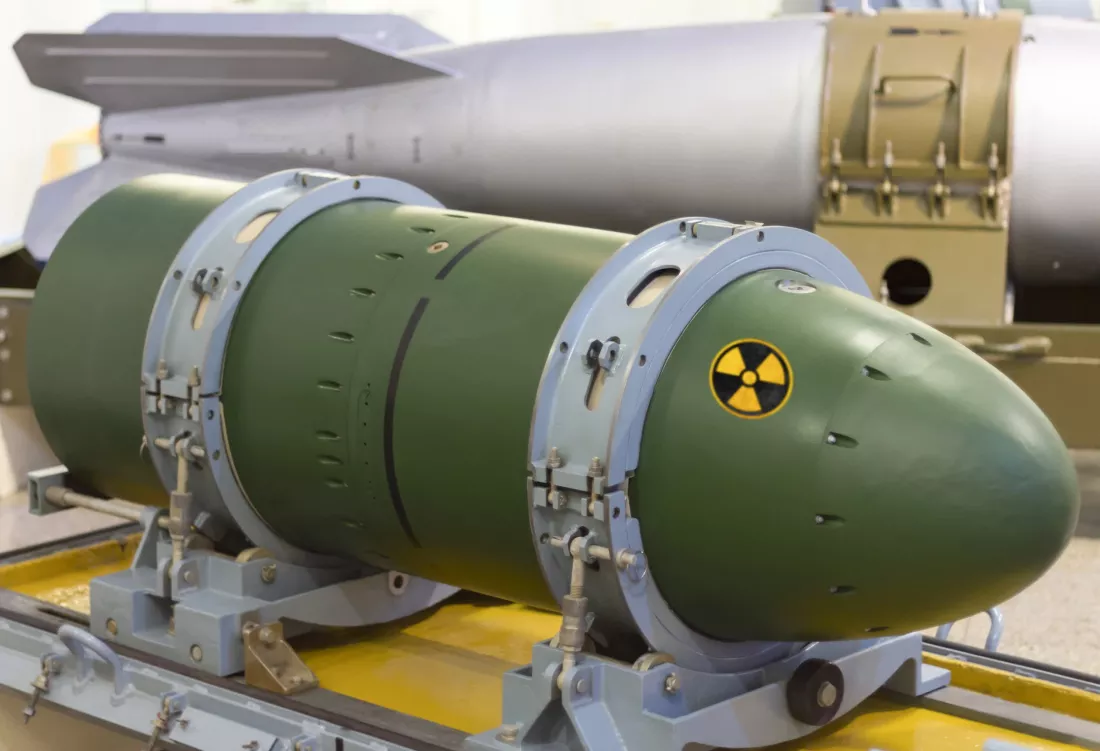Highlights:
- Nvidia Corporation is expanding its product line with new software capabilities and a high-performance computing platform that scientists can use to expedite their research.
- During SC22, Nvidia will also detail its collaboration with Lockheed Martin Corporation to develop a system for visualizing geophysics data such as sea temperature measurements.
Nvidia Corporation is adding new software features and a high-performance computing platform that scientists can use to speed up their research.
The updates were scheduled to debut at the Supercomputing 2022 event. During SC22, Nvidia will also detail its collaboration with Lockheed Martin Corporation to develop a system for displaying geophysical information, such as readings of sea temperature measurements.
Digital twin collaboration
The National Oceanic and Atmospheric Administration of the United States has chosen Nvidia and Lockheed Martin to construct a new computing system known as the Earth Observation Digital Twin or EODT. The system will be able to process multiple types of geophysical data, including sea temperature measurements and solar wind data. Climate and weather visualizations will be created using these data to support research initiatives.
EOTD will operate on cloud instances from Amazon Web Services Inc. equipped with graphics processing units. In addition, it will perform some computing tasks using systems from the DGX and OVX data center appliance product lines by Nvidia. The appliances include GPUs optimized for artificial intelligence applications and other workloads.
According to Nvidia, the system’s software architecture consists of multiple components.
The OpenRosetta3D application from Lockheed Martin will collect the geophysics data that EOTD will process. Once collected, the data will be processed into the Omniverse Nucleus database. Another system component is Lockheed Martin’s Agatha software tool, which makes it easier for researchers to interact with geophysics data gathered from multiple sources.
The first demonstration of EOTD’s capabilities is scheduled for September next year. According to Nvidia, the initial prototype of the system will be created to display data regarding the sea surface temperature.
New edge platform
Nvidia also intends to unveil several new product enhancements during SC22. The first feature is a platform that will facilitate the transfer of scientific data across geographically distant computers and other systems.
There are several circumstances in which researchers must be able to transmit data over extensive distances. For instance, a university may desire to share measurements from research equipment in one facility with a supercomputer hosted on another facility. Similarly, researchers may want to communicate simulation findings with many supercomputers operating in separate locations.
Senior Product Manager Geetika Gupta stated, “To overcome this problem, Nvidia has introduced a high-performance computing platform that combines edge computing and AI to capture and consolidate streaming data from scientific edge instruments and then allow devices to talk to each other over long distances.”
The platform is based on three Nvidia chip technologies: MetroX-3, Holoscan, and BlueField-3.
MetroX-3 is a soon-to-be-introduced technology that can significantly expand the reach of a data center network. With this technology, a data center can connect to IT infrastructure over 25 miles away. Researchers can transfer scientific data between servers located in different facilities using MetroX-3 network links.
The new platform from Nvidia also includes Holoscan and BlueField-3 chips. Researchers may utilize Holoscan to process data from medical devices. BlueField-3 chips from Nvidia are specialized processors optimized for network traffic coordination between servers.
Software upgrades
Omniverse is a software development platform offered by Nvidia to create digital twins and simulations. Recently at SC22, Nvidia was scheduled to unveil an update to Omniverse that makes it easier for scientists to use the platform for research projects.
Omniverse can now execute batch workloads on systems powered by Nvidia’s H100 and A100 graphics cards in data centers. Batch workloads are applications, such as physics simulators, that do not require user input to perform calculations.
As part of the update, Nvidia is also integrating popular scientific applications into Omniverse. The applications include the scientific data visualization tools ParaView, IndeX, and NeuralVDB. Modulus, a software tool for building neural networks that automatically perform physics calculations, is now compatible with Omniverse.
One of the areas in which the company’s GPUs are used to support research initiatives is quantum computing. To facilitate the work of scientists, Nvidia is releasing two new features dedicated to quantum computing.
The first functionality is being rolled out for the CUDA Toolkit of the firm. This is a collection of software components for developing apps compatible with Nvidia graphics cards. The purpose of the new functionality is to enhance the performance of scientific apps that do quantum mechanical computations.
Nvidia is concurrently improving its cuQuantum framework. Researchers utilize the architecture to mimic quantum computers on conventional computing gear. cuQuantum now enables the simulation of quantum computers with up to tens of thousands of qubits due to the upgrade introduced.






